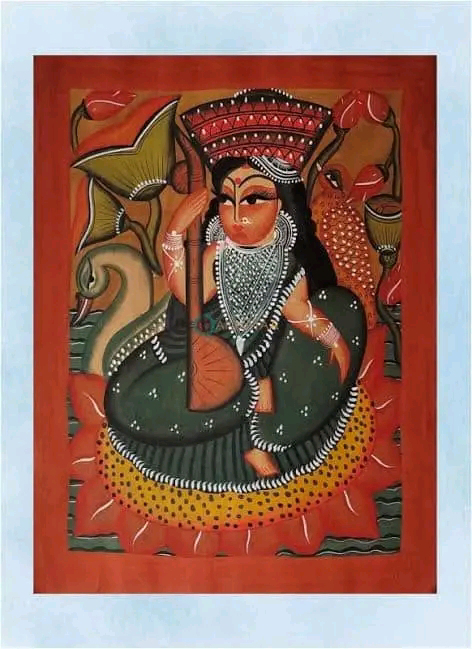Girish Chandra Bose (October 29, 1853 – January 1, 1939) was an Indian educator and botanist who hailed from the village of Berugram in the Burdwan district of India. After his graduation from Hooghly College in 1876, he was appointed as a lecturer of science at Ravenshaw College , where he worked until 1881. He was offered a state scholarship to study agriculture at the Royal Agricultural College (Cirencester, England). He took life membership of the Royal Agricultural Society in 1882, and in 1883 was elected a Fellow of the Chemical Society. He completed his degree at the Royal Agricultural College in 1884. After visits to Scotland, France and Italy, he returned to India. A Manual of Indian Botany written by Bose, was intended as textbook containing plants of India, in contrast to the European textbooks commonly used at the time. He also started the first agricultural journal in India . The journal, founded in 1885, was published both in English (as Agricultural Gazette...




